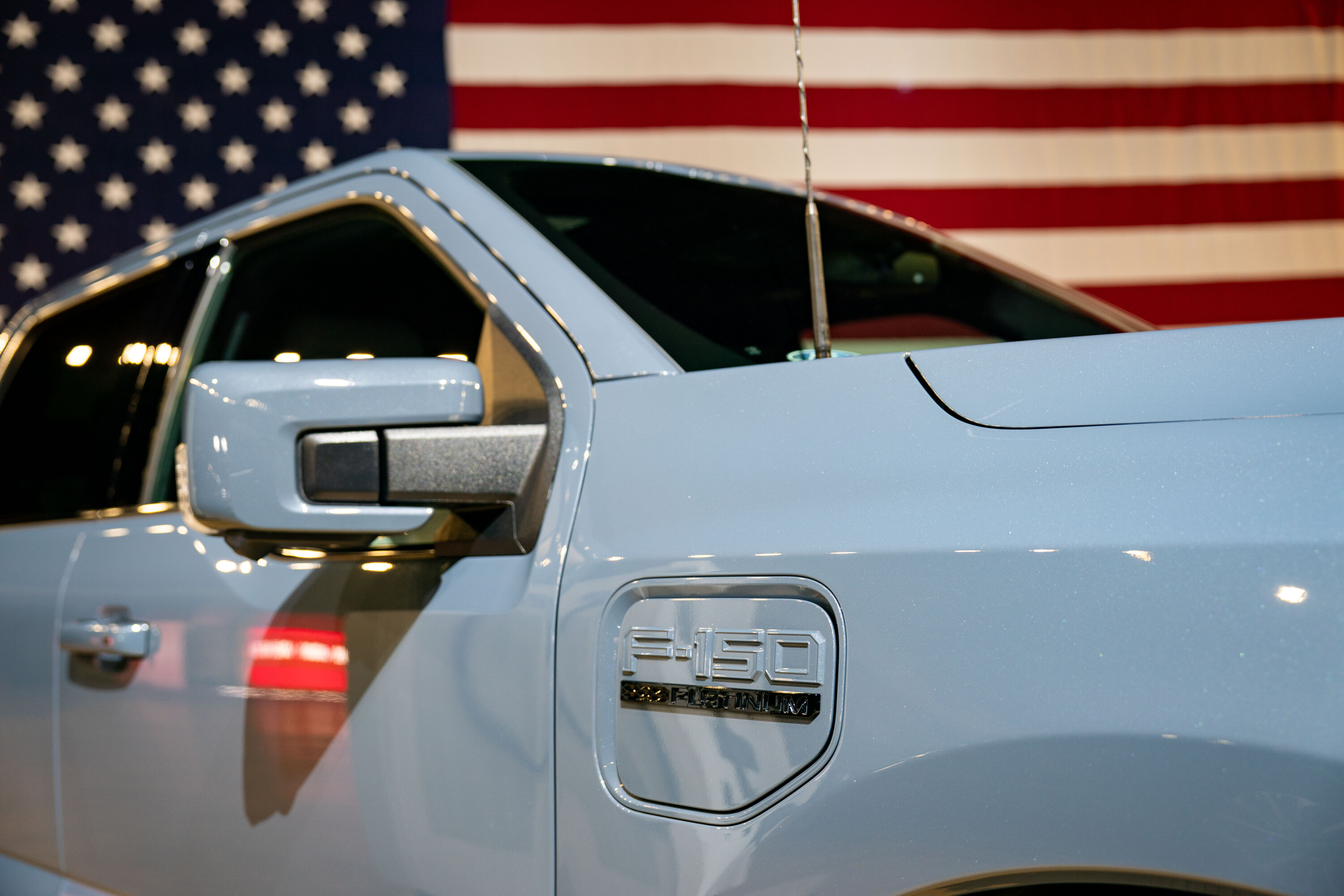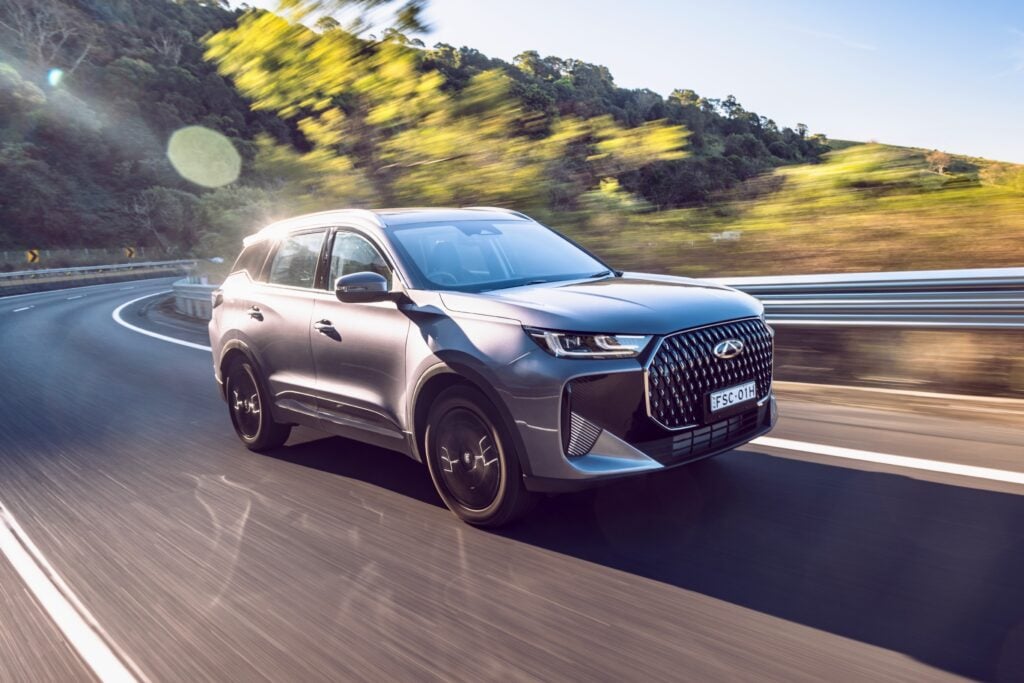“Like in the US, Australian consumers should have time to embrace the shift, and ensure they have access to the types of vehicles they want and need at prices they can afford.”
That’s the view of the Federal Chamber of Automotive Industries (FCAI), Australia’s peak motoring body representing most car brands, following the US Environmental Protection Agency release overnight of its new emissions reduction targets – officially titled “Multi Pollutant Emissions Standards for Model Years 2027 and Later Light-Duty and Medium-Duty Vehicles”.
Expectations for the US EPA’s new regulations varied, with some anticipating more aggressive moves towards a broad phasing out of petrol-powered vehicles.
However, the final strategy focuses on significantly reducing emissions without mandating the complete elimination of combustion vehicles – an election-year move that has won the support of industry and the powerful United Automobile Workers union.
From there to here
While the EPA’s earlier proposed rules would require an 18% fleetwide emissions reduction by 2027 and 40% by 2029, those targets have been reduced in the ‘final rule’ to 9% and 27% respectively.
By 2032, manufacturers must aim for a 50% reduction in fleetwide emissions, rather than the 56% previously proposed.
The new ‘final rule’, developed at the direction of the Biden government and the United States Congress, and following public consultation, will require carmakers to reduce emissions from light-duty and medium-duty vehicles – starting with model year 2027. In practical terms, that means models on sale in the United States from sometime in 2026.
What are light-duty and medium-duty vehicles in America?
“Light-duty trucks” refers to models up to the Ford F-150, Chevrolet SIlverado 1500 and Ram 1500 in size and gross vehicle weight, while “medium-duty vehicles” applies to larger F-250 and 2500-sized models.
In its announcement [↗], the US EPA said: “The final rule builds upon EPA’s final standards for federal greenhouse gas emissions standards for passenger cars and light trucks for model years 2023 through 2026 and leverages advances in clean car technology to unlock benefits to Americans ranging from improving public health through reducing smog- and soot-forming pollution from vehicles, to reducing climate pollution, to saving drivers money through reduced fuel and maintenance costs. These standards will phase in over model years 2027 through 2032.”
The report adds: “Compared to the existing MY 2026 standards, the final MY 2032 standards represent a nearly 50% reduction in projected fleet average GHG (greenhouse gas) emissions levels for light-duty vehicles and 44% reductions for medium-duty vehicles. In addition, the standards are expected to reduce emissions of health-harming fine particulate matter from gasoline-powered vehicles by over 95%.”
This would see average passenger car GHG decrease from 139 grams of CO2 per mile in 2027 to just 73g/mile CO2 by 2032.
US EPA goals
- Reduction of 7.2 billion tons of CO2 by end of 2055
- 2500 premature deaths averted in 2055 alone
- US$99 billion saving annually
The US EPA says it expects the final rule to avoid 7.2 billion tons of CO2 emissions through 2055 – ”roughly equal to four times the emissions of the entire (American) transportation sector in 2021” – while preventing “up to” 2500 premature deaths in 2055 and reducing heart attacks, respiratory and cardiovascular illnesses, aggravated asthma, and decreased lung function.
(It’s unclear how the number of 2055 premature deaths was calculated, as a University of Melbourne study [↗] has found that 11,000 Australians may die prematurely every year from transport emissions, while 19,000 people are hospitalised for heart and lung issues.)
The net benefit to the US economy is expected to amount to more than AU$150 billion annually.
In Australia, the Federal Chamber of Automotive Industries (FCAI) has been urging the Albanese government to reconsider its preferred option in the proposed New Vehicle Emissions Scheme, which we’ve covered at the below links.
The FCAI has asked that the government look to America’s plan in guiding emissions regulations in Australia.
“A vehicle efficiency standard is a major step for Australia, and we should take the time to ensure that car companies have sufficient time to increase the supply of zero and low-emission vehicles into the local market,” said FCAI CEO Tony Weber.
“Like in the US, Australian consumers should have time to embrace the shift, and ensure they have access to the types of vehicles they want and need at prices they can afford.”
Mr Weber said that the government’s preferred option in the proposed emissions scheme would outweigh “the reality of the market supply and demand,” potentially moving a future government to “wind it back later”.
“In addition to timing, the Government should consider other elements of the US standards that includes vehicle multiplier credits, off-cycle credits such as air-conditioning credits, penalty structure, timing and vehicle classification,” Mr Weber said.
“The US Government also provides large financial incentives for the manufacturing of vehicles and subsidies of up to USD$7500 for consumers to buy EVs.”
From January 1, Americans can get up to US$7500 off the sticker price of “many of the new electric vehicles eligible” for the Inflation Reduction Act’s 30D New Clean Vehicle Tax Credit, and up to US$4000 off the price of a used EV for vehicles eligible for the 25E Used Clean Vehicle Credit.
In Australia, rebates and subsidies for EVs vary by region – with none offered at a federal level – and the best offered is to Queensland motorists, who recently benefited from a doubling of the state’s $3000 rebate to $6000, along with an increase in the dutiable vehicle value threshold from $58,000 to $68,000 plus on-road costs.
As if to remind the Albanese government of its own stated position, Mr Weber said: “The Australian Government has consistently said that it is using the US scheme as a guide. Rushing to introduce a scheme, in just 9 months time, without learning from the US experience is a recipe for disaster in Australia.”






